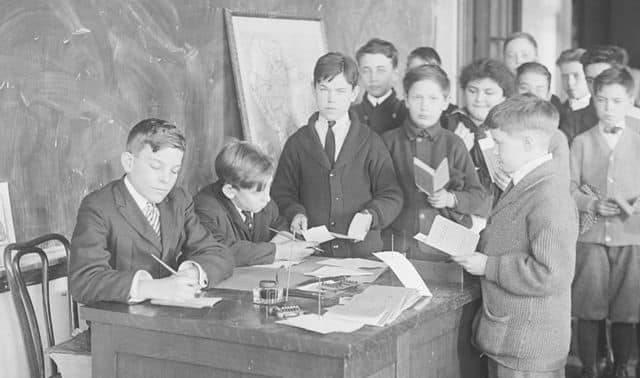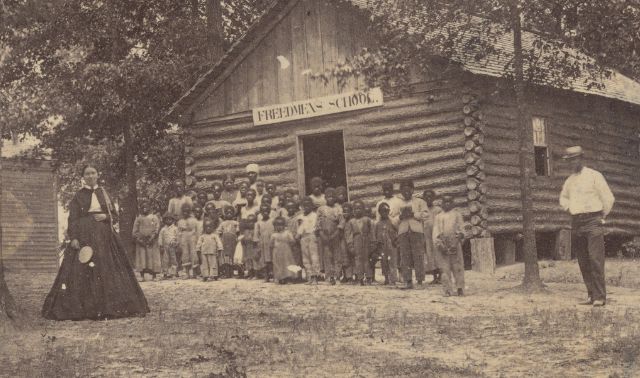Records from fraternal benefit orders (FBOs) are another resource to add to your genealogy arsenal. Determine whether your ancestor was a member by asking relatives, looking for old membership cards and benefit statements, examining obituaries and cemetery records for an FBO’s name, and studying photos and tombstones for insignia.
Research potential societies using city directories, local histories and web searches (search on the city or state, the ethnicity and the word society). Then contact the administrative office to ask about old records. If the organization no longer exists, records may be with regional repositories or historical societies. Run a Google search and consult the Immigration History Research Center (IHRC) book Records of Ethnic Fraternal Benefit Associations in the United States: Essays and Inventories (it’s at the Family History Library and other major genealogical repositories). You also might check with the IHRC in Minneapolis, which houses an excellent collection of ethnic FBO records.
FBO records are worth a look even if no one in your family belonged. They fall into two categories: institutional and individual. The first can include chapter or national histories, anniversary books, convention records, newsletters or newspapers, and more. These can document homeland traditions, regional migration and settlement patterns, and community life. For example, I’ve found no evidence that my husband’s Slovakian Catholic grandmother belonged to the First Catholic Slovak Ladies’ Association in Cleveland, Ohio, but the group published a cookbook in the 1950s — around the time she moved to Cleveland. The book clarifies the few handwritten recipes my grandma-in-law left behind, so now I can cook an entire Slovakian spread.
Of course, individual member records are rich sources of personal data. According to the IHRC, membership applications generally include date and place of birth, names of family members, religion, profession, residence at the time of the application, and medical information. Death benefit claims provide the date of death and more. Also look for FBO newsletters or newspapers that may contain birth, marriage or death announcements; photos; or other mentions of your family.
From the November 2011 issue of Family Tree Magazine
More great genealogy resources from Family Tree Magazine:



